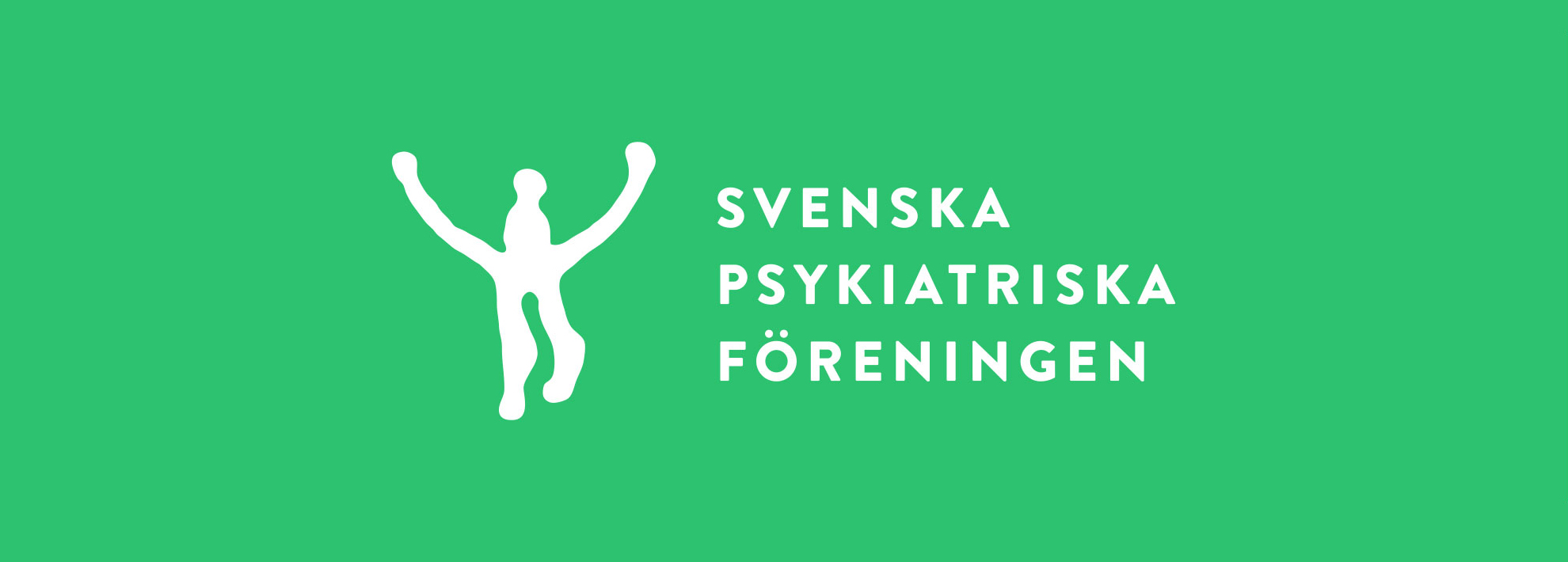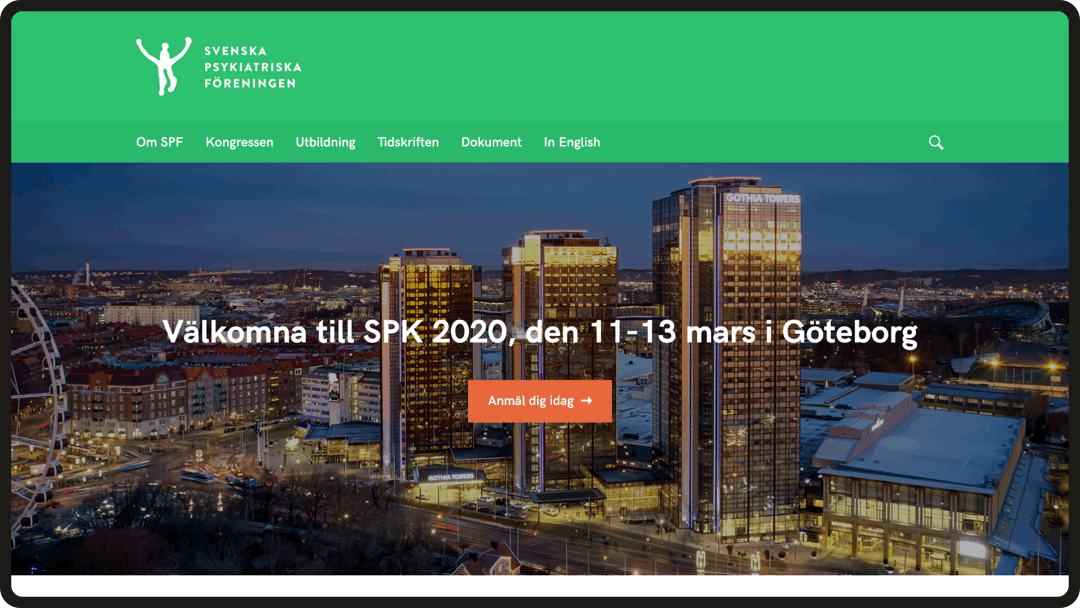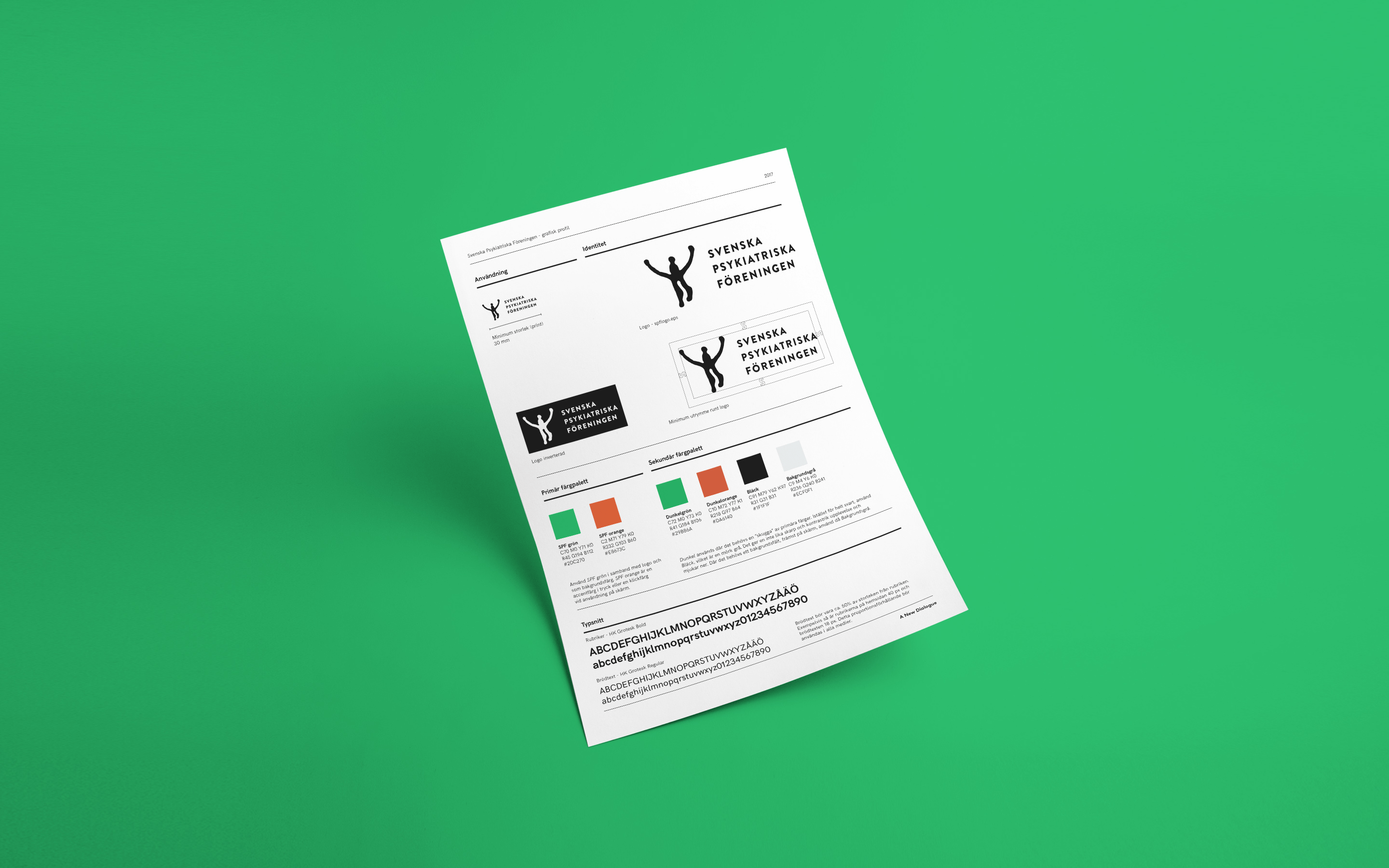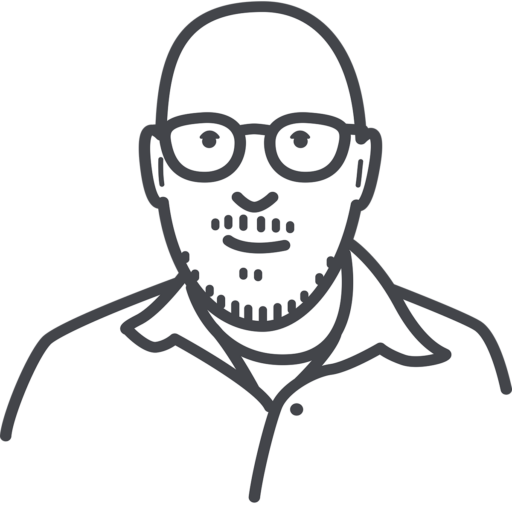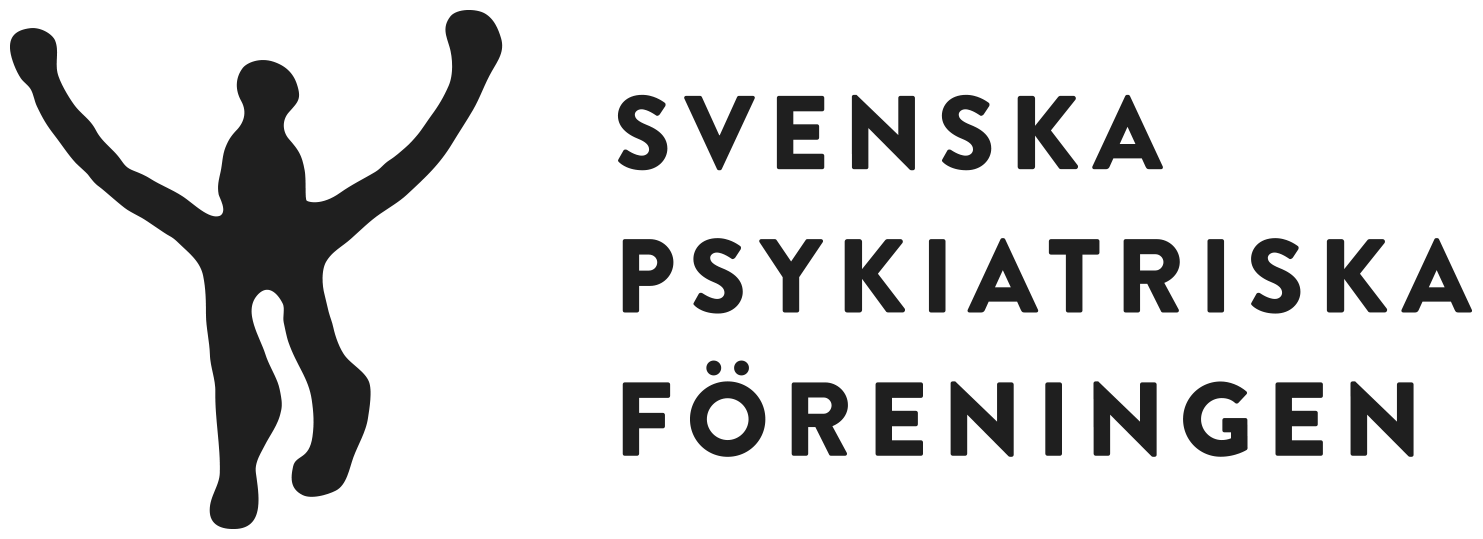
ABOUT
The Swedish Psychiatric Association (SPF) is a professional organization for Swedish psychiatrists.
SPF currently represents approximately 1000 members. Our activities range from providing our opinions on national and international issues, publishing a national psychiatric membership journal, and arranging a national conference.
YEAR
2016-2017
BRIEF
We need a communications overhaul. Start with the website. Set a structure that is easy to navigate in and modernize the site.
We are also open to changing our identity, which starts with a new logo, but please think freely in this area and suggest something that we can use for many years to come.
AREAS OF WORK
TEAM
Stefan Leijon – Creative director
Michell Niemistö – Art director
Fredrik Laason – Developer
MY SOLUTION
This project started as a web project as SPF needed a new website. The old one did not have a CMS (Content Management System) which made it hard to administrate.
I conducted a workshop in order to get an understanding of how the website was used and by whom. We then worked on setting a new structure that was easier to navigate, now that we had an understanding of what people used the site for.
Following was a process of continuous check-ups where we discussed the wireframes, design, and programming until the site was ready to fill with information – something the client decided to do themselves.
The work of designing the symbol and logo took a few idea development sessions with a good amount of research as preparation. The final result is based on the international symbol for psychiatry, the Greek letter Psi (⍦), that was redesigned to incorporate the association’s heritage and location. The design is inspired from old Swedish stone carvings dating back thousands of years. The symbol was also meant to be open for interpretation, something that is meant to reflect the complexity of psychiatry.
I wrote an article on this process and the result that you can read here (in Swedish). The article was first published in the magazine ‘Svensk Psykiatri’.
Visit www.svenskpsykiatri.se to see the result.

